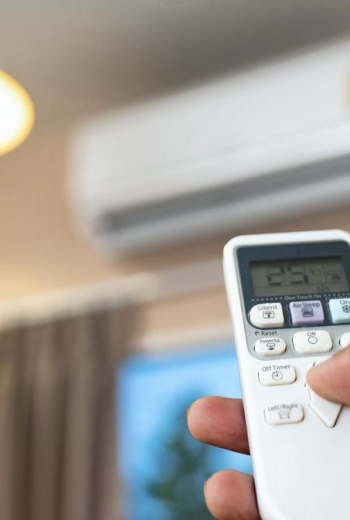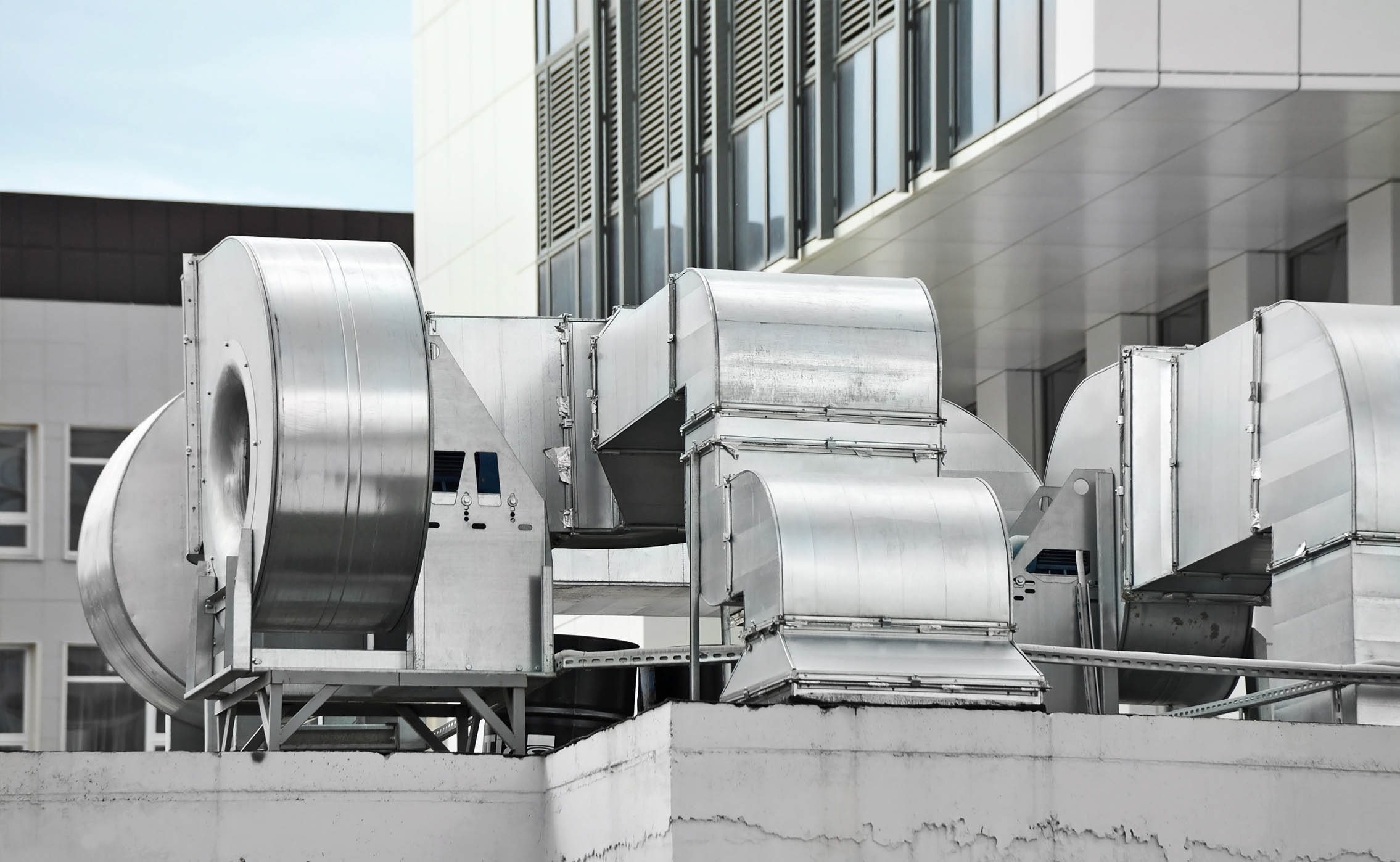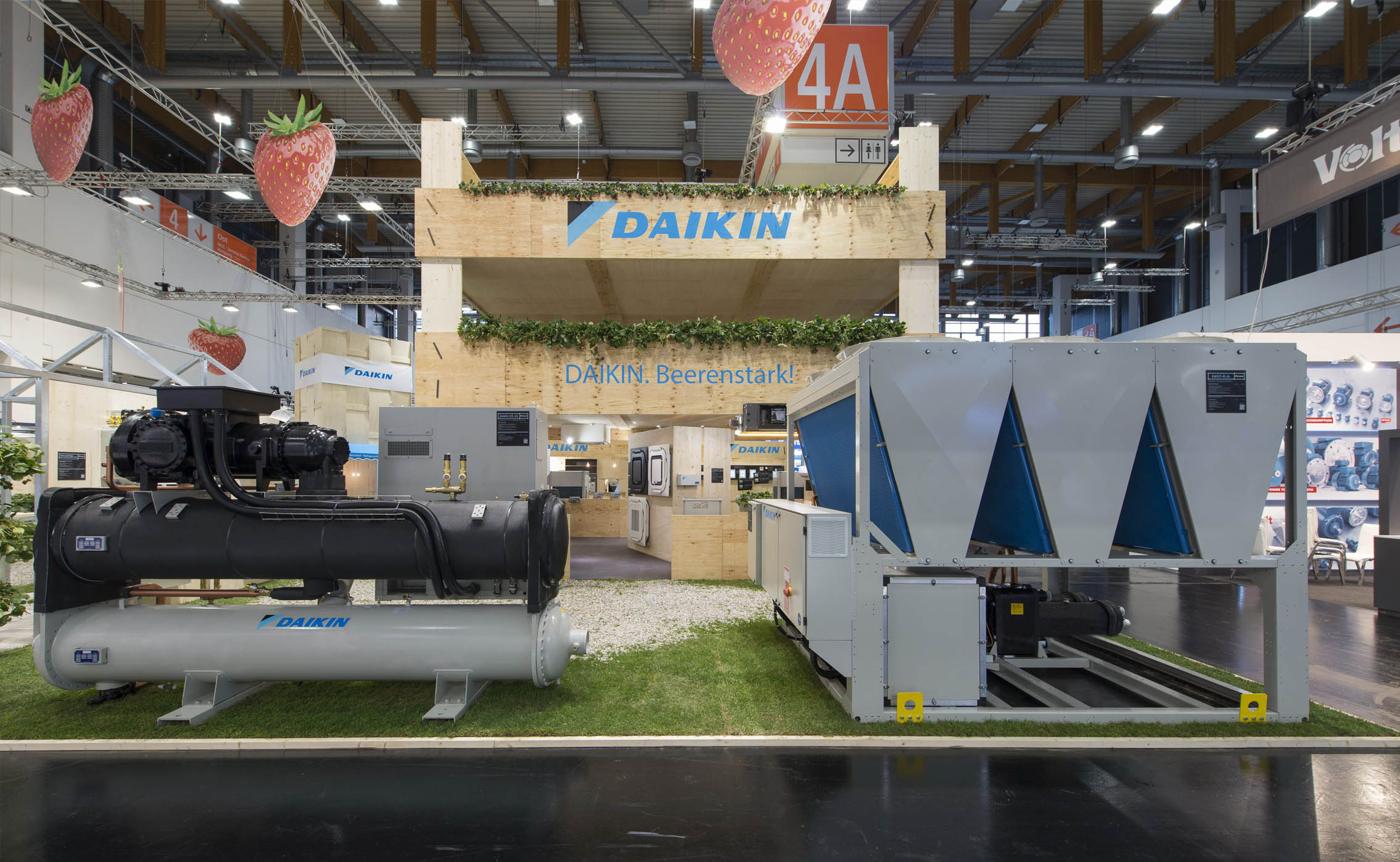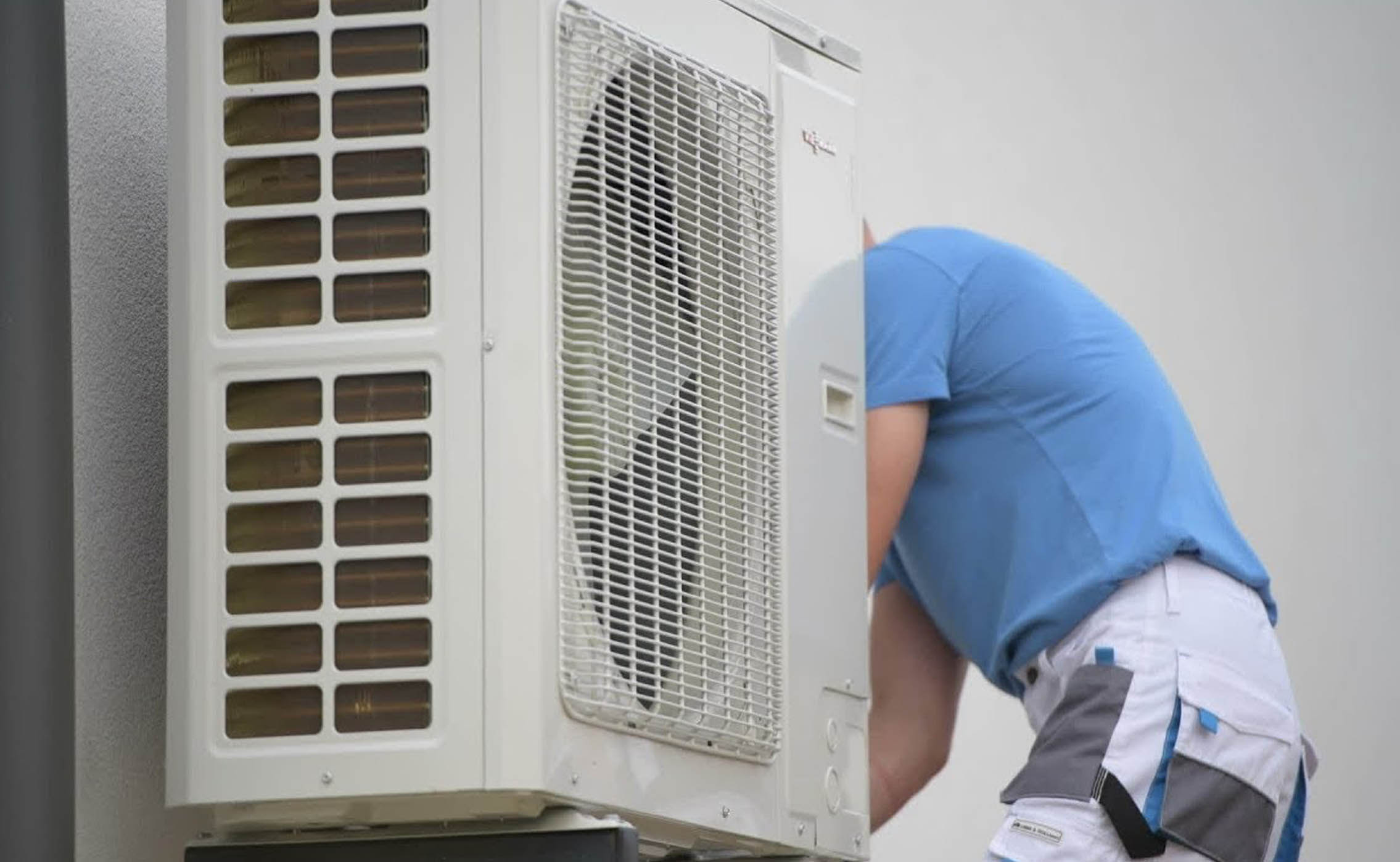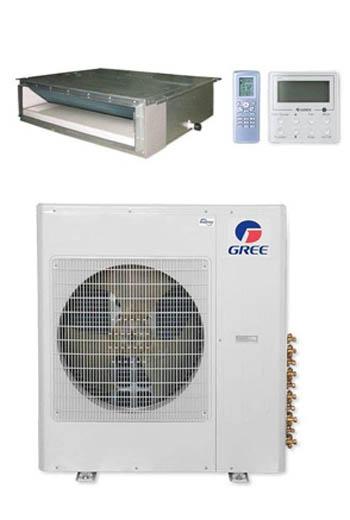
Mohamed Alorifi Palace
Al-Noaim Air Conditioning is a leading Saudi contracting company specialized in planning, executing and management of contracting projects. Launched in 1990, the company has built a strong base
...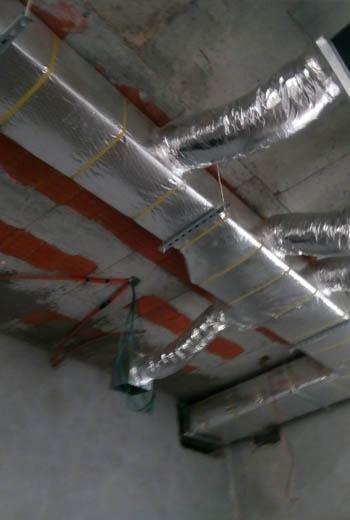
Almonfzoon Villas
Al-Noaim Air Conditioning is a leading Saudi contracting company specialized in planning, executing and management of contracting projects. Launched in 1990, the company has built a strong base
...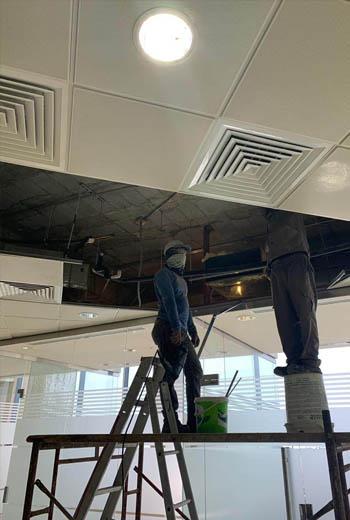
Subway Restaurants Chain
Al-Noaim Air Conditioning is a leading Saudi contracting company specialized in planning, executing and management of contracting projects. Launched in 1990, the company has built a strong base
...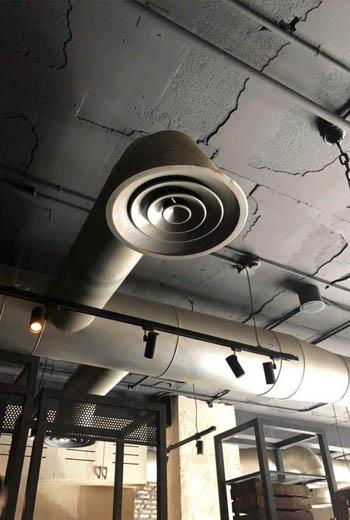
Lghawees Restaurant Chain
Al-Noaim Air Conditioning is a leading Saudi contracting company specialized in planning, executing and management of contracting projects. Launched in 1990, the company has built a strong base
...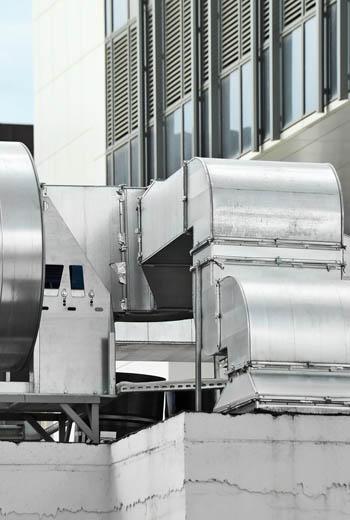
Glass Factory Dammam
Al-Noaim Air Conditioning is a leading Saudi contracting company specialized in planning, executing and management of contracting projects. Launched in 1990, the company has built a strong base
...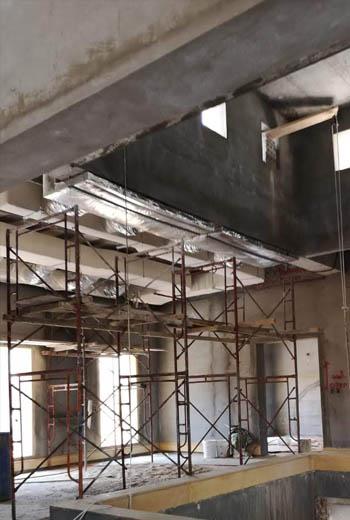
Abdullah Al-Ansari Palace
Al-Noaim Air Conditioning is a leading Saudi contracting company specialized in planning, executing and management of contracting projects. Launched in 1990, the company has built a strong base
...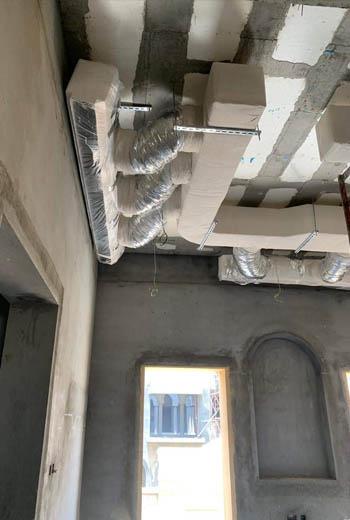
Fahad Al-Ansari Palace
Al-Noaim Air Conditioning is a leading Saudi contracting company specialized in planning, executing and management of contracting projects. Launched in 1990, the company has built a
...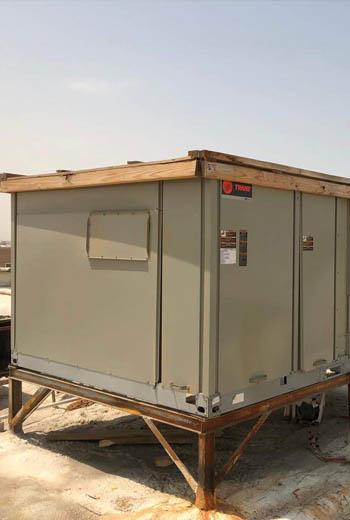
Manarat Schools Khobar
Al-Noaim Air Conditioning is a leading Saudi contracting company specialized in planning, executing and management of contracting projects. Launched in 1990, the company has built a
...
Saudi Chinese Service
Al-Noaim Air Conditioning is a leading Saudi contracting company specialized in planning, executing and management of contracting projects. Launched in 1990, the company has built a
...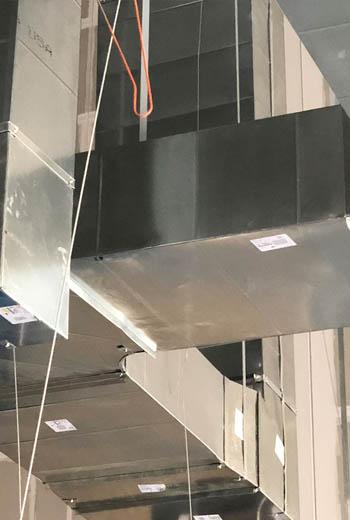
Qubat Dammam Factory
Al-Noaim Air Conditioning is a leading Saudi contracting company specialized in planning, executing and management of contracting projects. Launched in 1990, the company has built a
...
Light Food Factory
Al-Noaim Air Conditioning is a leading Saudi contracting company specialized in planning, executing and management of contracting projects. Launched in 1990, the company has built a
...
Marine Navigation Company
Al-Noaim Air Conditioning is a leading Saudi contracting company specialized in planning, executing and management of contracting projects. Launched in 1990, the company has built a
...
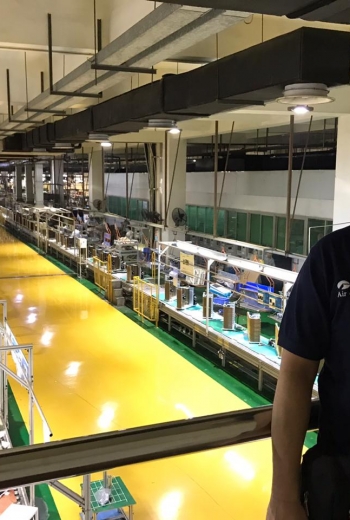
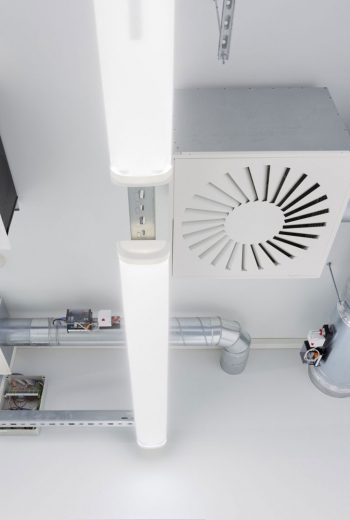
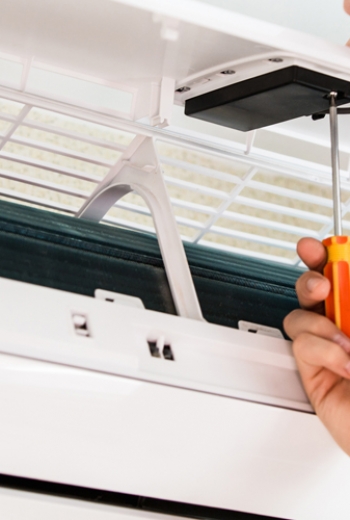
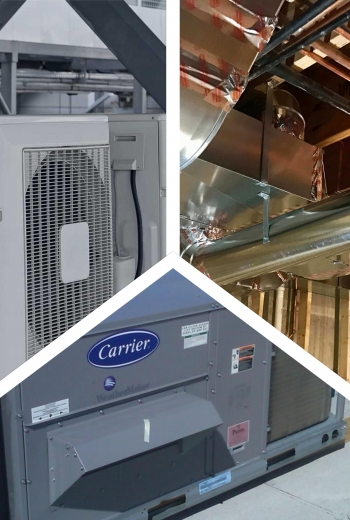
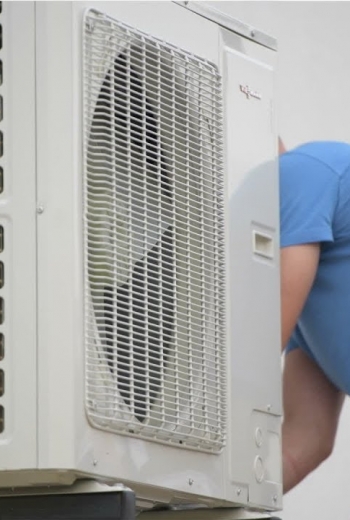

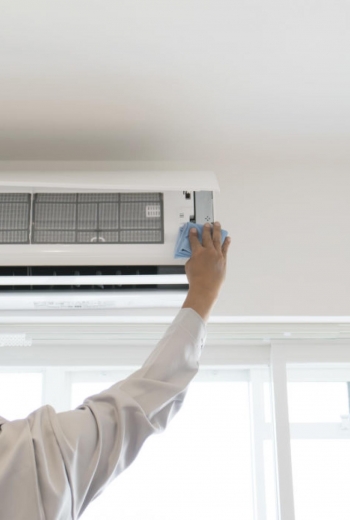
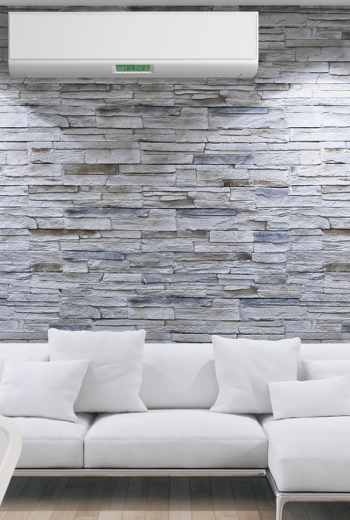
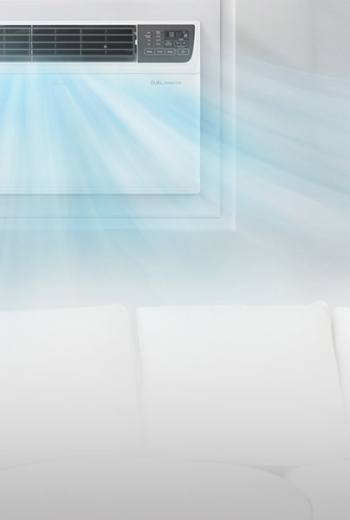
_thumbnail.jpg)
